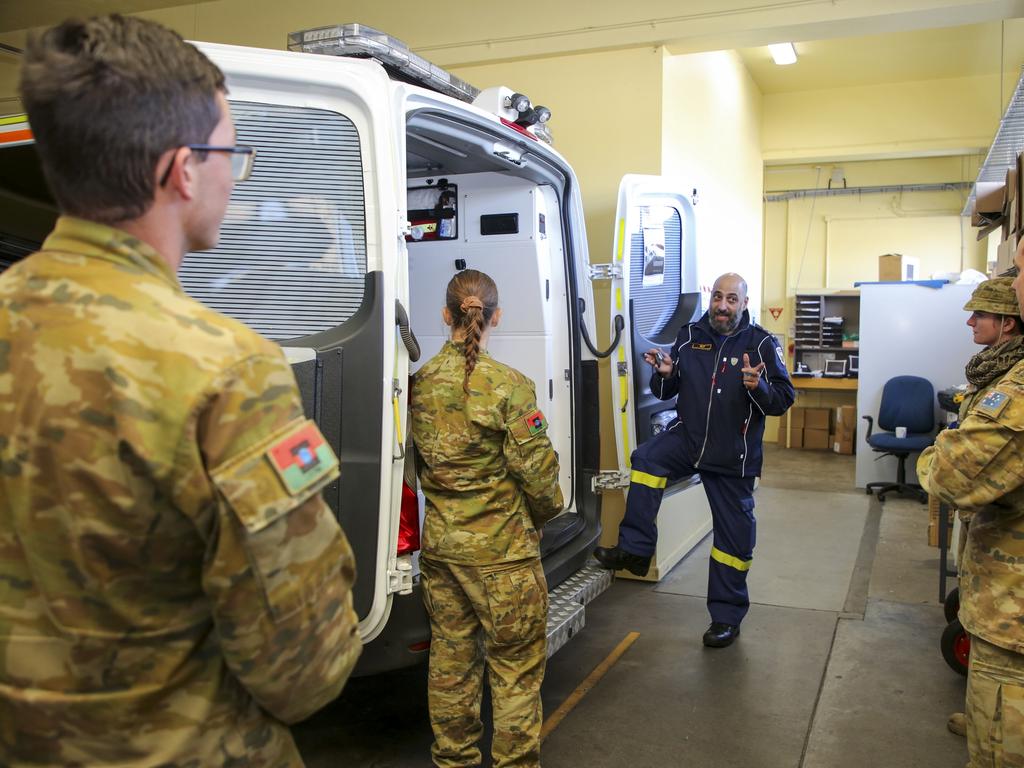Coronavirus: infection may be far less deadly than thought
New study finds true number of infections may be 50 to 85 times as high as the number of known cases. Scary? No, it’s great news.
The COVID-19 shutdowns have been based on the premise that the disease would kill more than two million Americans absent drastic actions to slow its spread. That model assumed case fatality rates — the share of infected people who die from the disease — of one per cent to three per cent. The World Health Organisation’s estimated case-fatality rate was 3.4 per cent.
Some experts — including in these pages — have questioned this assumption. They argue that known cases are likely only a small portion of the true number of infections, and thus high case-fatality rates could be off by orders of magnitude. We don’t know what portion of infections have gone undetected for a lack of tests, restrictive qualifications to get tested, and a potentially large incidence of mild illness or asymptomatic infection.
New data support the sceptics’ view — a preliminary study by a Stanford team, released Friday. They conducted a seroprevalence study of Santa Clara County, California, on April 3 and 4. They studied a representative sample of 3,300 residents to test for the presence of antibodies in their blood that would show if they had previously been infected with the novel coronavirus.
The county, where I live, is home to about two million people in the heart of Silicon Valley, including San Jose, the state’s third-largest city. It has the largest known number of cases in Northern California and saw some of the earliest cases of community spread in the US.
The researchers found that the percentage of infections was indeed vastly larger than the roughly 1,000 known positive cases in the county at the time of the study. The preliminary results — the research will now undergo peer review — show that between 2.5 per cent and 4.2 per cent of county residents are estimated to have antibodies against the virus. That translates into 48,000 to 81,000 infections, 50 to 85 times as high as the number of known cases.
That may sound scary, but it’s great news. It suggests that the large majority of people who contract COVID-19 recover without ever knowing they were infected, and that the US infection fatality rate may be more than an order of magnitude lower than authorities had assumed. Based on this seroprevalence data, the authors estimate that in Santa Clara County the true infection fatality rate is somewhere in the range of 0.12 per cent to 0.2 per cent — far closer to seasonal influenza than to the original, case-based estimates.
Outside California as well, preliminary data are emerging to support a more hopeful picture. In New York City, a study published in the New England Journal of Medicine examined 215 women entering two hospitals to give birth between March 22 and April 4. These patients had a COVID-19 infection rate over 15 per cent. Of expectant mothers who tested positive for active infections, 88 per cent were asymptomatic at the time of admission. That infection rate is about 10 times the rate of known cases in the city as a whole as of April 17 — and New Yorkers have been tested for COVID-19 far more extensively than residents of other states.
This study looked only at active infections, not past infections as in Santa Clara County. So in that population of pregnant women, 15 per cent infected is a lower bound. Many others may have had a past infection only detectable on serological tests for antibodies against the virus.
Similar proportions of infections to cases are now being discovered around the world: 30 times in Robbio, Italy; 10 times in Iceland; 14 times in Gangelt, Germany; 27 times in Denmark. Germany and Denmark are now leading Europe in reopening their economies in the coming week. Sweden, concerned all along with the accuracy of early assumptions, never closed down its economy.
This is not to deny that COVID-19 is more serious than influenza. Its symptoms are sometimes crueller, and it is fiercely infectious — it escaped the draconian lockdown of Wuhan and spread globally in a few months. In some places, like Northern Italy and New York, it has stretched hospital capacity and endangered or killed frontline healthcare workers. Tens of thousands are dead worldwide, and there’s no vaccine. So a path forward demands continued monitoring of seroprevalence as well as new case testing, identifying and protecting those most vulnerable to more serious or even fatal infections, and supporting hospital capacity to handle surges of respiratory intensive-care patients.
Yet if policy makers were aware from the outset that the COVID-19 death toll would be closer to that of seasonal flu than the millions of American deaths predicted by early models dependent on inputs that now look inaccurate, would they have risked tens of millions of jobs and livelihoods? The science to support better modelling and decision making is rapidly becoming available. One hopes that it will inform better policy decisions.
The Wall St Journal







To join the conversation, please log in. Don't have an account? Register
Join the conversation, you are commenting as Logout